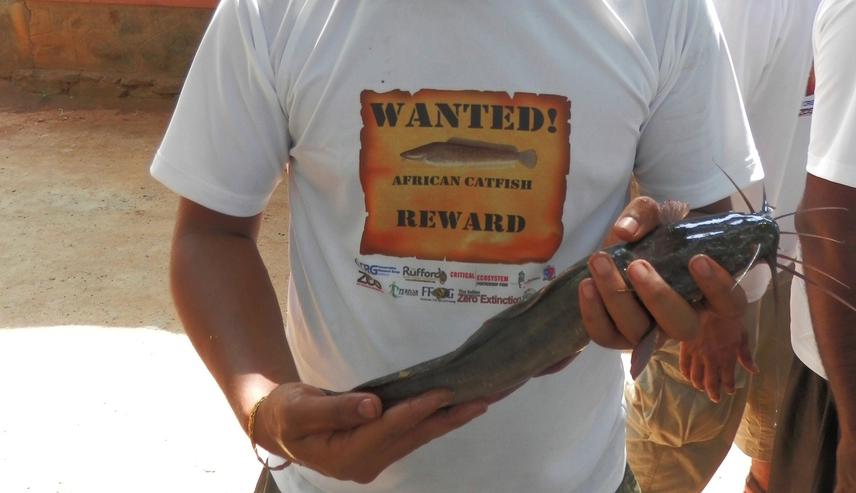Krishnakumar Krishnakaimal
The project aim to develop a management plan for alien species in Periyar Lake Stream System in Periyar tiger reserve after studying the impact they pose on the threatened endemic fishes of PLSS in consultation with the local fishers, wildlife managers, government policy makers and other concerned stakeholders.

Periyar Lake Stream System (PLSS) situated in the southern region of the Western Ghats Hotspot, an area known for its exceptional diversity and endemism of freshwater fishes. PLSS is also under consideration as an Alliance for Zero Extinction site as it holds the only remaining population of six globally threatened endemic fish species viz. Crossocheilus periyarensis, Garra periyarensis, Hypselobarbus periyarensis, Lepidopygopsis typus, Nemacheilus menoni and N. Periyarensis. PLSS has also witnessed the local extirpation of as many as 16 fish species in the last 50 years. Four alien species, Oreochromis mossambicus, Cyprinus carpio, Poecilia reticulata and Clarias gariepinus, are currently known from the region, and their individuals are being recorded more than ever before, suggesting proliferation and spread in the landscape. Alien invasive species are a major threat to biodiversity conservation and probably the greatest threat after habitat destruction. In the Western Ghats, it is the third biggest threat to freshwater biodiversity after pollution and biological resource use. Effective management of these alien species is therefore vital for managing the last remaining populations of the six globally threatened and endemic fish species. However, this remains nothing short of a challenge, firstly due to the lack of comprehensive data about the micro level distribution, and secondly due to the paucity of knowledge on the impacts of these alien species on the endemic fish fauna.
The proposed project aims to generate a database on distribution, population and status of alien fish species inside the PLSS, including their possible impact on six globally threatened and endemic fishes with the involvement of local stakeholders and state wildlife managers, thus facilitating the development and implementation of management plans.